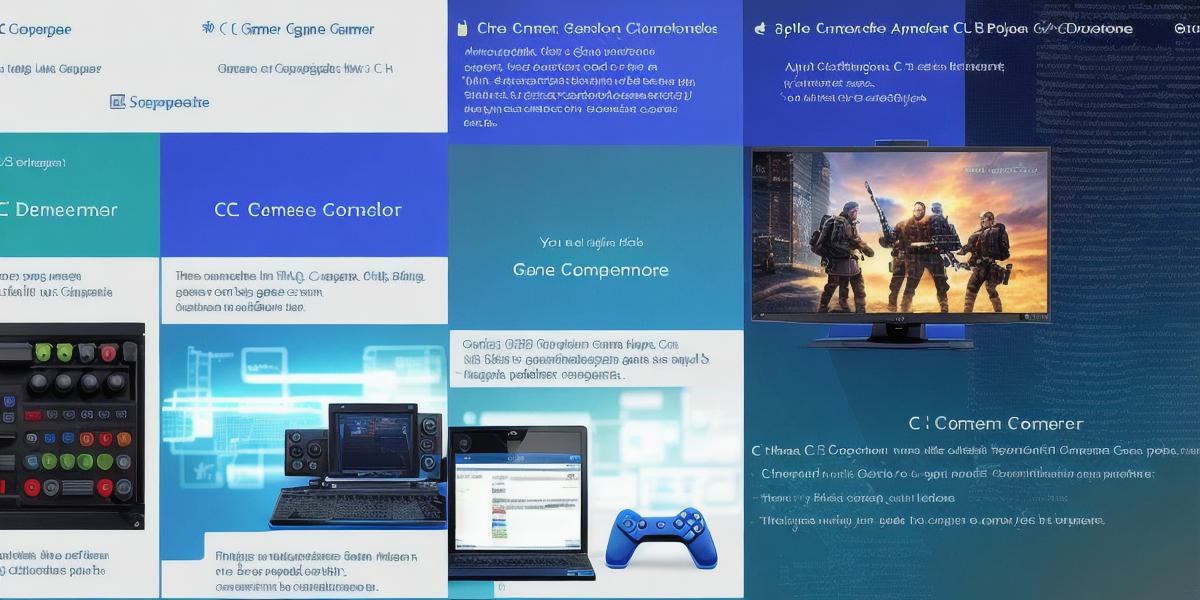When it comes to game development, developers often face a choice between using Python or C++. Both languages have their own strengths and weaknesses, so it’s important to understand which one is best suited for your specific needs. In this article, we will compare the two popular programming languages and examine the pros and cons of each in game development.
Python for Game Development
Python is a high-level programming language that is popular for its simplicity, readability, and ease of use. It has a large community of developers, which means there are many resources available online to help you learn the language and troubleshoot any issues you encounter. Additionally, Python’s popularity in scientific computing, data analysis, and machine learning makes it an attractive choice for game development.
One of the main advantages of using Python for game development is its ability to run on multiple platforms. This means you can develop a game once and deploy it across various operating systems and devices without having to rewrite your code. Additionally, Python has built-in support for multimedia elements such as graphics and sound, which makes it easy to integrate these features into your games.
Python’s popularity in scientific computing and data analysis also means that there are many libraries available for game development that can help you speed up development time. For example, the Pygame library provides a set of tools for creating 2D games, while the OpenGL library allows developers to create 3D graphics and animations.
C++ for Game Development
On the other hand, C++ is a low-level programming language that is known for its speed and efficiency. It has been used in game development for decades and is still widely used today, especially in the creation of PC and console games.
One of the main advantages of using C++ for game development is its ability to access hardware resources directly. This means that you can optimize your code for specific tasks such as rendering graphics or processing audio, which can lead to significant performance improvements. Additionally, C++ has a large community of developers and many resources are available online to help you learn the language and troubleshoot any issues you encounter.
C++ also provides better control over memory management, which is essential for creating games that require low memory usage. Games often use large amounts of data, and using C++’s memory management tools can help you optimize your code for performance and reduce the risk of crashes or other errors.
Case Studies
To illustrate the strengths and weaknesses of Python and C++ in game development, let’s look at some real-life examples.
One example is the creation of Minecraft, which was developed using Java (a language similar to C++) by Markus Persson. Minecraft’s success can be attributed to its simplicity, ease of use, and ability to run on multiple platforms. However, because Java is a high-level language, it may not be as efficient as C++ in terms of performance.
On the other hand, Unreal Engine, which is used to create many popular games including Fortnite, was developed using C++. This choice allowed developers to optimize their code for specific tasks and ensure that the game ran smoothly on multiple platforms. However, because C++ is a low-level language, it may be more difficult to use than Java or Python for some developers.
Conclusion
In conclusion, both Python and C++ have their own strengths and weaknesses in game development. Python’s simplicity and ease of use make it an attractive choice for beginners, while C++’s ability to access hardware resources directly makes it a popular choice for experienced developers working on high-performance games. Ultimately, the best choice will depend on your specific needs and experience level.
